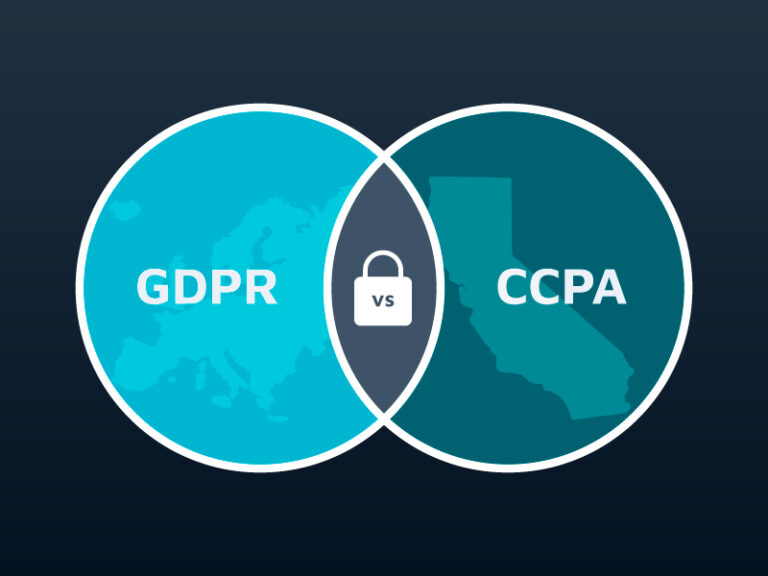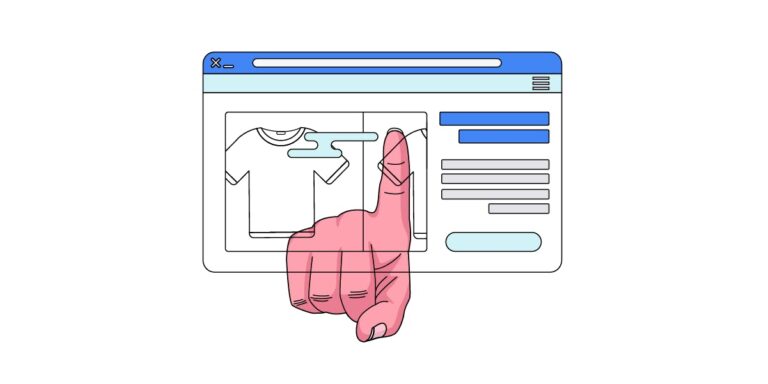When you set your daily average budget for a Google Ads campaign, you are telling Google to spend your budget in such a way that averages out to that amount over the course of a month. This means it can spend up to twice your daily average budget on any given day if it means more clicks and conversions, and then counteract that by spending less on days when traffic or conversions are lower.
Stay tuned for more updates!
- Standard goals: The ones Google automatically creates out of your conversion actions, for which you can choose to optimize bidding in any campaign.
- Account-default goals: Any of the standard goals you tell Google to include and optimize for in every new campaign by default.
- Custom goals: Goals made up of primary and secondary conversion actions. The primary action is the one you’ll use for bidding.
Action we suggest: Make sure you understand about what FLoC means for advertisers and that you have the Google Ads tag on your site.
2. New features for deal badges in Shopping
- Date: October 28
- TLDR: Your product listings with a deal badge can now appear in a Deals feed, plus improved reporting for these listings.
EVCs, introduced in 2020 as a more robust non-click metric than view-through conversions, are conversions that occur on your site within a particular time frame after someone views your video ad for 10 seconds.
Does this impact Ad Rank? No. The way Ad Rank is calculated will not change and will be recalculated for each SERP—meaning your ad could show on more than one SERP for the same query.
Let’s say a user clicks on a Google ad on their laptop, goes to your website, but doesn’t convert; but then later returns to your site through organic search on mobile and converts. Third-party cookies, which track individuals, across the web, across devices, allow you to see this path from paid ad to organic search to conversion. Without them, the organic visit would be treated as a new user and new visit, not tied to the ad, and the advertiser would falsely believe that their ad did not play a role in the conversion.
3. New Google Ads budget report
- Date: September 30
- TLDR: You now have more insight into how Google spends your budget each day and month.
In the cumulative monthly spend section, you can see how much you’ve spent so far, how much your projected to spend, and your monthly spending limit. You’re also able to edit the budget number at the top to see how this might impact your performance.
At this point, we know that resisting Google Ads updates is a bit like…
As we know, Google will be removing third-party cookies at some point in 2022. Since this has a massive impact on advertisers, it is coming up with new features (like enhanced conversions, mentioned above) and technologies to help advertisers accurately report on and effectively target their ads. Not only does this help advertisers, but in general, consumers prefer to get ads served to them that are relevant.
This is helpful in maximizing your budget, but advertisers have had limited insight into the fluctuations in their daily average ad spend. Google’s new budget report, announced on September 30, solves for this. With this report, you can view past and future data.
4. The mobile SERP now uses infinite scroll
- Date: October 14
- TLDR: Infinite scroll feature on mobile does NOT impact Ad Rank, DOES change text ad distribution, and COULD impact your metrics.
You can view data for conversion goals by going to Tools > Measurement > Conversions. Your existing conversion, conversion optimization, and bidding strategies will not be changed. But terminology is changing:
Action we suggest: Ecommerce and local businesses, get familiar with Performance Max campaigns now since Smart Shopping and Local ads will eventually get moved into this campaign type.
Are you wasting any of your Google Ads budget? Find out (and fix it!) with our Free Google Ads Performance Grader.
Action we suggest: Check out these seven video ad ideas and brush up on your Display ad design principles to get those engaged views going!
We all know that your first-party data is becoming the MVP as third-party cookies will be going away—it’s privacy-compliant and your most accurate data. But not all of your first-party data is collected on your website.
5. New offline conversions import (OCI) helper tool
- Date: September 28
- TLDR: This self-service tool helps you to view and analyze your offline conversion data in Google Ads.
The tool is a self-service platform that businesses can use to import offline conversions as well as implement conversion values. There is first a questionnaire to identify the right implementation steps for your business (depending on your CRM, sales cycle, and more).
On October 26, Google announced that it has rolled out upgraded ad extensions. These extensions will have more features like the ability to pause but will exclude some existing ad extension features, including:
Google announced on September 27 that engaged-view conversions (EVCs), which have been available for TrueView skippable in-stream ads, Local and App campaigns, are now also available for video Display campaigns.
6. Enhanced conversions now available to all
- Date: September 30
- TLDR: All advertisers can now use this solution for accurate and yet also privacy-first conversion tracking.
Then, on October 28, Google announced that now (and as promised), there is a designated deals feed, always accessible in the Shopping tab and which will also appear in regular Search for relevant queries (like “black friday deals”).
Note that there is no change for Shopping and Local ad appearance, and that this is for US-English queries only. Google plans to make this available for additional countries and languages next year.
7. FLoC testing pushed out to Q1 2022
- Date: October 1
- TLDR: The removal of third-party cookies could be delayed once again.
Action we suggest: Test out a price drop, discount, or promotion now to get familiar with the new functionality and reporting so you can be successful throughout Black Friday and the holidays. Consider implementing a priority bidding structure to maximize your ROAS.
One of those technologies is Google FLoC. No action needed, but this could mean that the death of the third-party cookie could be prolonged.
Will this impact ad performance? Potentially. Your prominence metrics like top and absolute top impression share might change. Google says this may increase impressions in your Search, Shopping, and Local campaigns, thereby lowering your CTR, but that clicks, conversions, average CPC and average CPA shouldn’t be impacted.
8. Upgraded ad extensions
- Date: October 26:
- TLDR: Upgraded ad extensions (old features taken away, new ones added) will replace existing ad extensions by next year.
On November 2, Google announced that Performance Max campaigns, released in beta in October 2020, are now available to all advertisers worldwide. With this automated campaign type, you provide Google with images, videos, logos, and headlines, and Google will mix and match those assets into ads that can run across Search, Display, Discover, Maps, Gmail, and YouTube.
- Device preference for mobile.
- Call extension start and end time.
- App extension ad schedules.
- Price and structure snippet start/end time and ad schedule.
On October 14, Google announced that the SERP on mobile will now automatically load the next three pages of results as you scroll so you don’t have to tap “See more.” As a result, fewer text ads will show at the bottom of the SERP and text ads can now appear at the top of the second page and onward.
9. Performance Max campaigns now widely available
- Date: November 2
- TLDR: Performance Max campaigns now available to all; Smart Shopping and Local campaigns will upgrade to PM in 2022.
Action we suggest: Keep an eye on your PPC metrics and review these seven smarter ways to approach mobile search ads.
On September 30, Google announced that enhanced conversions, introduced in the May 2021 Google Marketing Live Stream, are now available in beta for all eligible advertisers. Here’s why it matters:
10. Engaged-view conversions now available for video Display ads
- Date: September 27
- TLDR: I mean, it’s three sentences:
There are three goals:
Upgraded extensions will eventually replace the current (soon to be legacy) extensions, but this will be over the course of the year. You can create upgraded extensions in the meantime (via the API or Editor), but note that reporting will be a little wonky. You will only be able to see the combined legacy and upgraded extension data in the summary view.
When running Google shopping campaigns, merchants can apply a “promotion,” “sale,” or “price drop” badge to their product listing if it meets qualifying conditions. Google announced in July 2021 that these deal-badged listings would now be more visible with a “see deals related to your search” prompt in the Shopping tab.
On September 28, Google launched the OCI helper tool so you can import and analyze your offline first-party conversion data (like calls) to Google Ads. This way you can integrate this behavior into your entire lead-to-sale customer journey and use that data to find similar high-quality leads.





